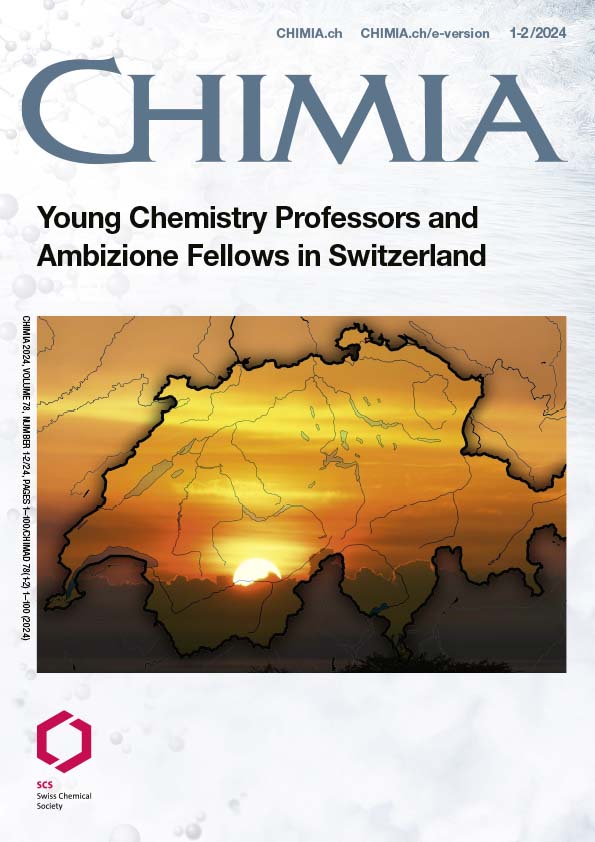Electron-Transferring Metalloenzymes and their Potential Biotechnological Applications
DOI:
https://doi.org/10.2533/chimia.2024.13PMID:
38430059Keywords:
Ammonia, Biocatalysis, Hydrogenase, Metalloenzyme, Nitrogen fixationAbstract
Modern societies rely heavily on centralized industrial processes to generate a multitude of products ranging from electrical energy to synthetic chemical building blocks to construction materials. To date, these processes have relied extensively on energy produced from fossil fuels, which has led to dramatically increased quantities of greenhouse gases (including carbon dioxide) being released into the atmosphere; the effects of the ensuing change to our climate are easily observed in day-to-day life. Some of the reactions catalyzed by these industrial processes can be catalyzed in nature by metal-containing enzymes (metalloenzymes) that have evolved over the course of up to 3.8 billion years to do so under mild physiological conditions using Earth-abundant metals. While such metalloenzymes could in principle facilitate the implementation of carbon-neutral processes around the globe, either in “bio-inspired” catalyst design or even by direct exploitation, many remaining questions surrounding their mechanisms often preclude both options. Here, our recent efforts in understanding and applying metalloenzymes that catalyze reactions such as dinitrogen reduction to ammonia or proton reduction to molecular hydrogen are discussed. In closing, an opinion on the question: “Can these types of enzymes really be used in new biotechnologies?” is offered.
Funding data
-
Schweizerischer Nationalfonds zur Förderung der Wissenschaftlichen Forschung
Grant numbers 200021_191985 -
NCCR Catalysis
Grant numbers 180544
Downloads
Published
Issue
Section
License
Copyright (c) 2024 Ross D. Milton

This work is licensed under a Creative Commons Attribution 4.0 International License.







